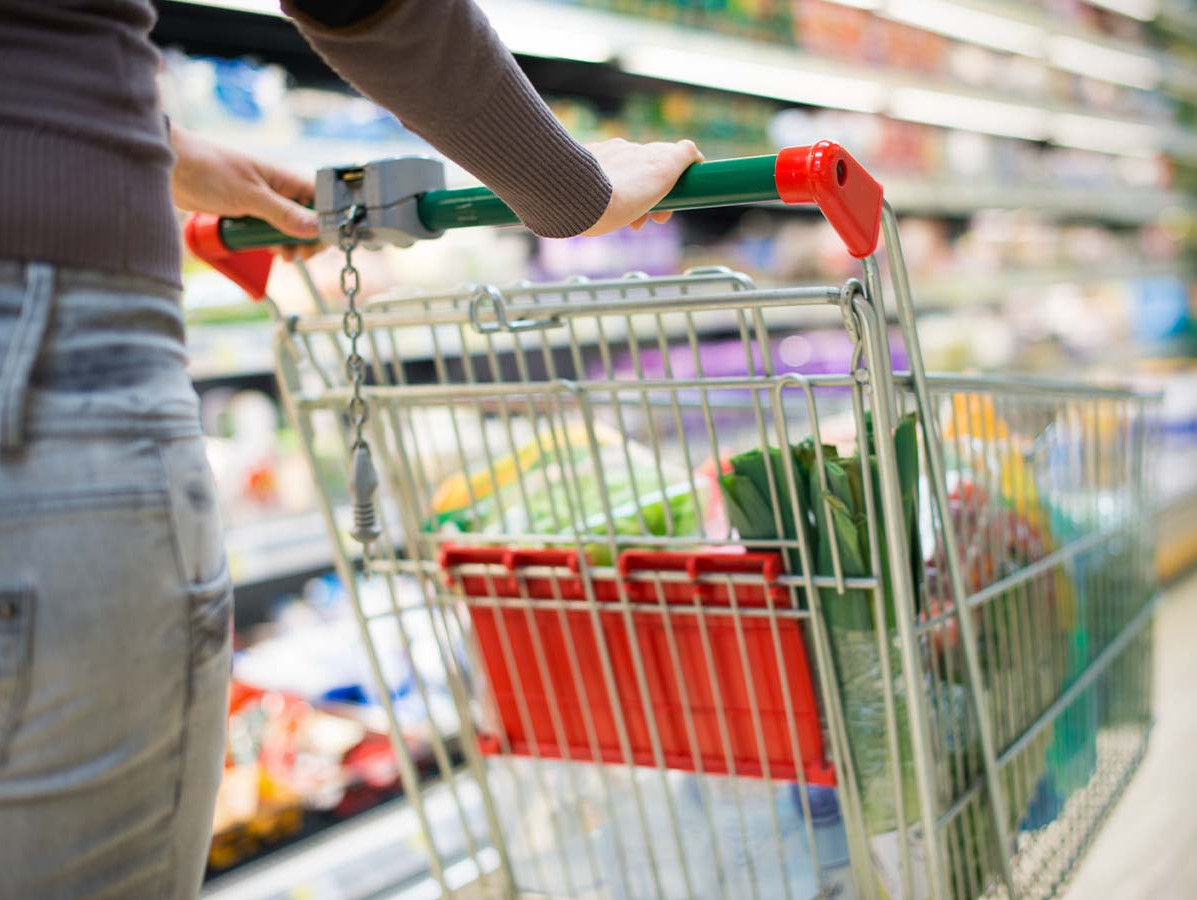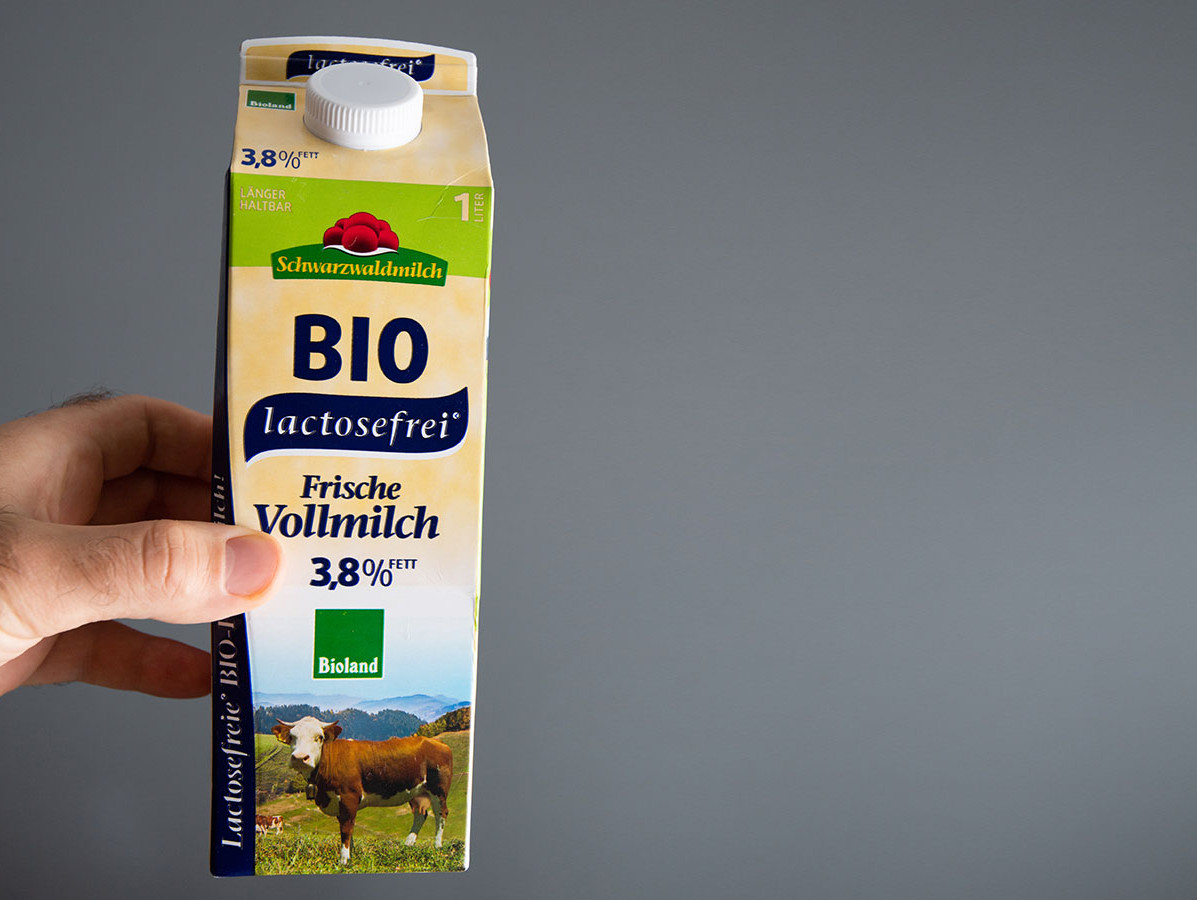
What is the relevance of more environmentally-friendly packaging designs from a consumer perspective? This information is necessary to better gauge the market opportunities and risks of increasing the eco-friendliness of packaging. What solutions are likely to be accepted by consumers?
The DLG (Deutsche Landwirtschafts-Gesellschaft - German Agricultural Society) in cooperation with Prof. Dr. Holger Buxel (University of Applied Sciences Münster) investigated the current state of sustainable packaging. The results of a representative consumer survey (n = 1,000) and a business survey (n = 186), both conducted in March/April 2023, were recently published in the report 'Sustainable Packaging 2024'. This publication consists of three parts. We will summarize the key findings:
The first part of the study focused on the importance of eco-friendly food packaging from a consumer's perspective. What role does this issue play in daily consumer behavior?
Four out of five respondents (79%) believe that the eco-friendliness of food packaging needs urgent improvement. However, this aspect is just one of many that play a role in the purchasing process: 40% consciously pay attention to it, but factors like taste (83%), quality (61%), and price (58%) rank significantly higher. Respondents see potential for improving their own behavior but feel only secondarily responsible for increasing the eco-friendliness of food packaging. They believe that the task primarily lies with packaging and food producers. A third of respondents are not willing to pay extra for more eco-friendly packaging materials. However, most are willing to use reusable solutions.
Many consumers have limited expertise in identifying packaging with more favorable environmental properties. Only 38% say they know which food packaging is more eco-friendly and which is not. The assessment of the eco-friendliness of packaging is strongly influenced by the material used and its related environmental properties. Plastic packaging is generally categorized as 'particularly harmful to the environment', whereas glass and paper are perceived as significantly more eco-friendly. Without specific information on the packaging or other information carriers, consumers do not recognize better ecological packaging options.
The second part of the study focused on consumer awareness of the environmental properties of packaging, their information-seeking behavior about these properties, and how they perceive various environmentally related packaging claims and labels.
The most common source of information about the environmental properties of food products is the packaging itself. Information in supermarkets (e.g., information boards) also plays a relevant role. Websites and social media sources are used much less frequently.
Two-thirds of respondents would like to see more information on the environmental properties of food packaging, preferably using a standardized system. They prefer design variants that are specific and quantify the estimated environmental impact. The more understandable a claim is, the higher its purchase relevance. However, the claims used by companies vary widely in terms of understandability and relevance to consumers.

©ifeelstock/Depositphotos.com
The third part focused entirely on businesses. Improving the eco-friendliness of packaging is a relevant and important topic for most food producers and packagers. The most pursued goals for enhancing eco-friendliness are increasing recyclability (74%), reducing material amounts (58%), and reducing the amount of energy used per packaging unit (53%). Efforts appear to be paying off: 70% of surveyed businesses have introduced new, more eco-friendly packaging in the past two years.
The biggest challenge to change, according to them, is a lack of willingness from customers to pay for more eco-friendly packaging; this argument is cited by 72% of surveyed businesses. High additional costs for using alternative or recycled packaging materials (71%), and system limitations and high investment requirements (56%) are also obstacles. Yet, half of the companies have already developed a strategy for more eco-friendly packaging; 24% are currently developing such a strategy.
For the systematic and standardized evaluation of packaging's eco-friendliness, 18% of surveyed companies use scorecards or checklists, 12% work with life cycle analyses (LCAs). Systematic evaluation of packaging from an environmental perspective is standard in some companies, but not yet widespread.
Despite the packaging itself being seen as the most important medium for communicating with consumers, only 51% of companies use sustainability certifications or eco-labels for packaging. This mainly concerns the FSC label.
It is a major challenge for many companies to integrate more eco-friendly food packaging into existing production facilities and processes in an economically viable way. The limited availability of alternative and/or recycled materials and high product protection and hygiene requirements are slowing down the transition.
A bottleneck is the lack of knowledge among consumers. They do not know when a product is packaged in an environmentally friendly way, how to properly dispose of the packaging, and what the various environmental labels and claims mean. It is sensible to carefully examine which claims and labels/certificates should be used in individual cases, to maximize the market potential of using eco-friendly packaging.
Source: Vakblad Voedingsindustrie 2024